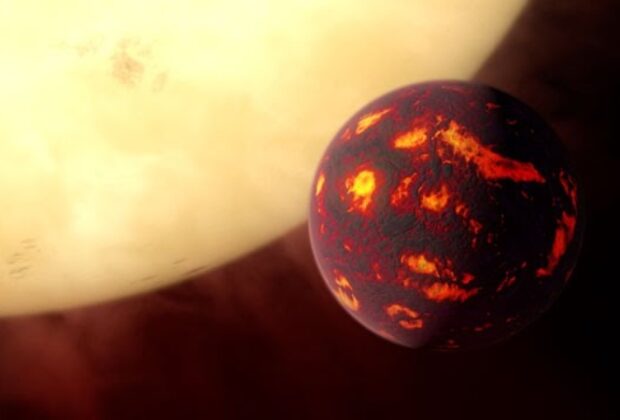Recently, NASA scientists discovered a planet orbiting a star that resembles our Sun that is about the same size as Earth. The planet HD 63433 d is a rocky world in the HD 63433 system that is roughly the size of Earth and is known for its extremely high temperatures. It is the same size as the Earth, but that is where the similarities end, with one hemisphere resembling an unending lava flow.
The Transiting Exoplanet Survey Satellite (TESS) had earlier found two larger planets in the HD 63433 system, HD 63433 c and HD 63433 b, which resembled little Neptunes.
HD 63433 d is notable because, with an estimated 1.073 Earth radii, it is almost exactly the same size as Earth. With today’s technology, finding small, rocky planets is difficult, especially when utilizing techniques like the transit approach of TESS. HD 63433 d is a tiny object, but because of its near orbit around the sun, it casts a large shadow that lasts for only 4.2 Earth days over its brief “year.”
The peculiar characteristics of HD 63433 d, which is located around 73 light-years away, have drawn the attention of astronomers. These properties were discovered by researchers from the University of Florida and the University of Wisconsin-Madison.
As a result of its close orbit, HD 63433 d is tidally locked, meaning that one side of it is always facing the star, which is similar to the Sun and reaches a blistering temperature of about 2,294 degrees Fahrenheit (1,257 degrees Celsius). According to scientists, much of the surface is probably dominated by volcanic characteristics, and this side is entirely molten.
Even though HD 63433 d might not be habitable, it offers an intriguing chance to investigate the early phases of planetary creation. Considering that our Sun is 4.6 billion years old, the star system to which it belongs, HD 63433, is rather young, only 400 million years old. As the smallest known exoplanet under 500 million years old, HD 63433 d distinguishes out despite being one of countless volcanic worlds found. Investigating this exoplanet’s features could provide important new information on the evolution of planets similar to Earth and elevate it to the forefront of upcoming observations.
More than 10,000 candidates are undergoing assessment, while 5,569 exoplanets have been confirmed. Given the enormous number of galaxies and stars, this figure merely scratches the surface, pointing to a large, hidden variety of worlds throughout the cosmos.








